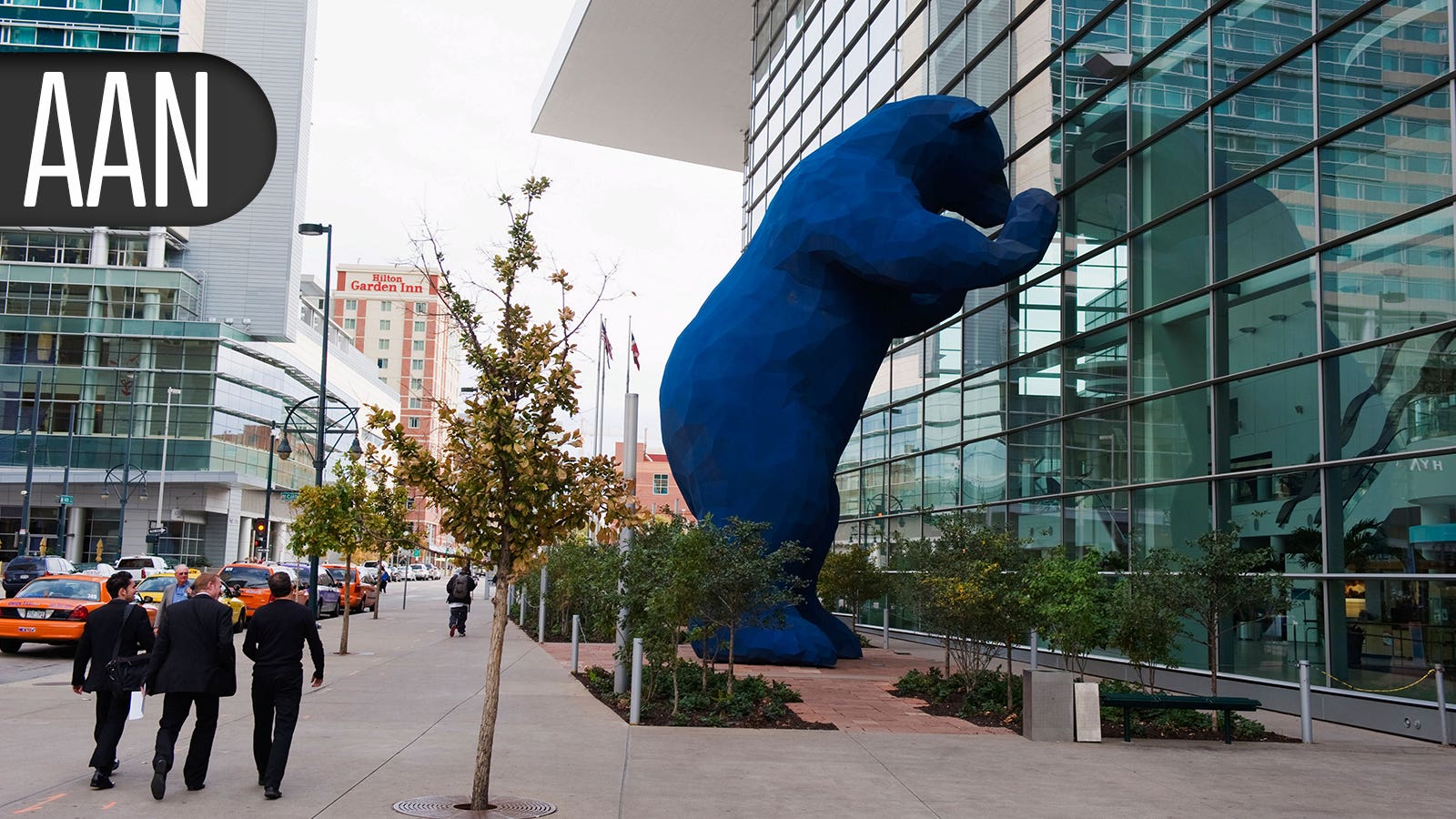— Half of patients had no evidence of disease activity at 48 weeks
by
Sophie Putka, Enterprise & Investigative Writer, MedPage Today
April 18, 2024
DENVER — Among Black/African American and Hispanic/Latino patients with relapsing multiple sclerosis (MS) in the phase IV CHIMES trial, half achieved a combined measure for no evidence of disease activity (NEDA) with ocrelizumab (Ocrevus).
After 48 weeks of treatment with ocrelizumab among 182 participants, 50.5% achieved the primary efficacy endpoint of NEDA-3, which measures a combination of three components:
- Free from protocol-defined relapse (95.1% of patients)
- Free from 24-week confirmed disability progression (94.5%)
- Free from disease activity on MRI measured by no T1 gadolinium-enhancing lesions from baseline to week 48 (95.6%), no new/enlarging T2 lesions from baseline to week 48 (52.7%), and no new/enlarging T2 lesions from week 24 to week 48 (95.6%)
During a plenary session at the American Academy of Neurology annual meeting, Lilyana Amezcua, MD, of the University of Southern California in Los Angeles, explained that to address the shortage of research on disease-modifying therapies in Black/African American and Hispanic/Latino patients with MS, the trial was developed with input from live and virtual advisory boards from national advocacy groups and collaborators, including the MS Minority Research Network and the Multiple Sclerosis Association of America. A site in Kenya, Nairobi was included to fill a gap in research from sub-Saharan Africa.
To help overcome recruitment barriers, study sites were community-based, and materials were made in multiple languages, with a review for cultural appropriateness. Compensation for wage loss, childcare, travel, and meals was also available, along with transportation to study sites and flexible scheduling.
“By considering and addressing common barriers to trial inclusion, CHIMES met its recruitment goal early and retained a representative population of Black/African American and Hispanic/Latino participants,” Amezcua said.
“The overall high efficacy of ocrelizumab observed in CHIMES aligned with the efficacy observed in the pivotal OPERA trials,” which found that the humanized monoclonal antibody was associated with lower relapse rates and improvements in other clinical measures compared with interferon beta-1a.
Previous studies have shown that clinical MS trials frequently fail to report race, or count only the proportion of white participants. When counted, Black and Hispanic populations are consistently underrepresented, despite evidence of greater disease severity, faster progression, and eventually, greater disability than white patients. These disparities may be due in large part to downstream effects of social determinants of health.
“What I find most interesting about this trial is the way the trial was designed, really specifically trying to mitigate the barriers that patients from the Black and Hispanic community experience when trying to access research opportunities,” Léorah Freeman, MD, PhD, of the University of Texas at Austin, who was not involved in the study, told MedPage Today.
She noted that representation of diverse patient populations in research is important, not just for the sake of generalizability, but also because of how patients can benefit directly from enrolling in a clinical trial.
“All of these should become best practices for any trial in the MS space going forward, so that our trials become more representative of the populations that need access to these medications,” Freeman said.
For the CHIMES trial, participants were eligible if they had an Expanded Disability Status Scale (EDSS) score of 5.5 or lower, were age 18-65, were treatment-naive or initiating a first or second switch from certain disease-modifying therapies, and had been neurologically stable for 30 or more days prior to randomization and baseline assessments. To facilitate more inclusive enrollment, eligibility requirements were slightly expanded compared with previous clinical trials, Amezcua explained, allowing for a wider range of baseline laboratory values, comorbidities like diabetes or hypertension, and age.
Participants received two 300-mg doses of ocrelizumab 14 days apart, followed by 600-mg doses at 12, 24, and 48 weeks. Ocrelizumab was chosen because of evidence that B-cell mediated pathways specifically targeted by the drug may be more involved in the pathology of Black/African American and Hispanic/Latino MS patients. A 3-year extension period will measure additional biomarkers, patient-reported outcomes, and genomics.
Patients had a mean age of 35.5, 72.5% were women, 63.7% were Black/African American, and 37.9% were Hispanic/Latino. Mean BMI was 31, and the most common comorbidity was hypertension (17%). Mean time since symptom onset was 4.9 years, and mean baseline EDSS score was 2.4.
Compared with OPERA I and II non-Black/African American and non-Hispanic/Latino relapsing MS cohorts, these participants had a higher baseline MS lesion burden on MRI.
Secondary clinical endpoints including the EDSS, 9-hole peg test, 25-foot walk test, and serum biomarkers also supported the efficacy of ocrelizumab for these patients.
No new safety signals were reported at week 48, and the most common adverse events were infections (80.2%, including COVID-19 [22%], due to the timing of the study), headache (9.9%), and fatigue (6.6%). Serious adverse events occurred in 5.5%, and one or more infusion-related reactions occurred in 29.1%.
-
![author['full_name']](https://clf1.medpagetoday.com/media/images/author/Putka_Resize_96.jpg)
Sophie Putka is an enterprise and investigative writer for MedPage Today. Her work has appeared in the Wall Street Journal, Discover, Business Insider, Inverse, Cannabis Wire, and more. She joined MedPage Today in August of 2021. Follow
Disclosures
The study was funded by Roche.
Amezcua reported financial relationships with EMD Serono, Biogen, Novartis, Genentech, the National MS Society, MedDay, the Bristol Myers Squibb Foundation, and the NIH’s National Institute of Neurological Disorders and Stroke.
Co-authors reported numerous financial relationships, including with industry.
Freeman reported financial relationships with Novartis, Roche, Bristol Myers Squibb, Genentech, Sanofi-Genzyme, the Texas Neurological Society, EMD Serono, Horizon, Sanofi, the Multiple Sclerosis Association of America, the National Institute of Neurological Disorders and Stroke, and the Patient-Centered Outcomes Research Institute.
Primary Source
American Academy of Neurology
Source Reference: Amezcua L, et al “One-year analysis of efficacy and safety data from Black/African American and Hispanic/Latino people with relapsing multiple sclerosis receiving ocrelizumab treatment in the CHIMES trial” AAN 2024.





